I return to England with the convictions of the Sydney seminarians fresh in my mind: that priests should promote good Liturgy, good preaching and good Catechesis. On each of these counts there is now great potential.
Today's circumstances favour, and need, good Liturgy. The Liturgical movement, which started in the second half of the nineteenth century is essentialy good and has some truly great proponents (Dom Prosper Gueranger, Pope Pius XII, the Fathers of the 2nd V Council), but it was hijacked after the Council by rationalists, who confined it within their own banal and minimalist limits. However, Benedict XVI has today released the Liturgy from the grip of the rationalists, and so the Liturgical movement, as we can now see, is underway again. Good Liturgy is definitely back on the menu!
Today's circumstances favour, and need, good preaching. Firstly, so many seminarians today are themselves convinved of this. And secondly, the way in which the Church today appreciates and enters into Sacred Scripture is being genuinely renewed. We just have to look at the recent Apostolic Letter 'Verbum Domini', and to witness how 'Lectio Divina' is being newly engendered in the Church.
Today's circumstances favour, and need, good Catechesis. By good Catechesis I mean 'full Catechesis' of the Church's teaching. We not only have the CCC but also so many good resources, like 'Evangelium' and the various Maryvale Institute courses. Alongside this we are aware of numerous lay Catholics who are being properly trained as Catechists. Priests themselves are at the forefront of the Catechetical movement.
On my first journey north after landing at Heathrow I found myself leaving the M1 and crossing Northamptonshire in order to join the A1. On seeing a road sign indicating Fotheringhay I left the main road and headed into the country. Long have I wanted to visit the site of Fotheringhay Castle (photo above), the last prison residence and place of execution of Mary Stuart, Queen of Scots, rightful heiress to the English throne. She lived here for little over four months, from late September 1586 to 8th February 1587, when she was judicially murdered by Elizabeth I. It was a beautiful day as I walked grassy mounds where the castle had been, saying the Rosary for the conversion of England, as she must surely have done. The clear waters of the River Nene were full of fish but I had the castle grounds to myself for this visit. I remember her each year as my birthday coincides with the day of her execution, but on this day my thoughts were with all those generations of faithful Catholics who have longed for the re-embracing of the Faith in England, and who lived the life of the Church against fairly desperate odds.
Historical treasures which once belonged to Mary, Queen of Scots are spread far and wide. The Archbishops of Sydney are the custodians of her brevriary (photo below), housed in a special cabinet, which I once had the privilege to venerate.
After her execution the scafold and the block itself were burnt so that relics could not be had. The castle itself fell into disuse after that day and was eventually pulled down and its stones used elsewhere. The site of the castle is however preserved by the landowner and can be visited any time - it is in a beautiful part of the country. If you are going to be passing the area you should make a visit. The English King Richard III was born here and so it is a place of importance to the 'Richard III Society' also.


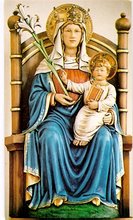

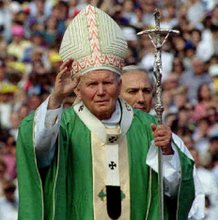

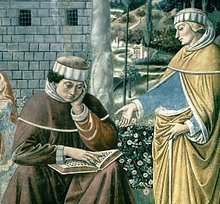
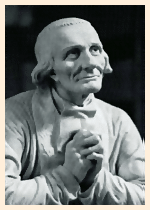




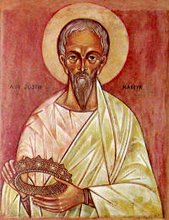
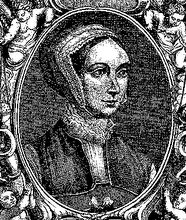
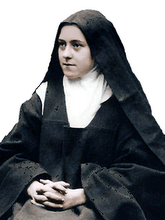
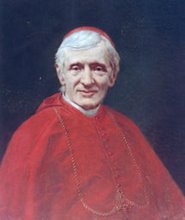
No comments:
Post a Comment